Author: Alex Shanks-Abel
It’s inarguable that preference is highly subjective – what one loves, another may hate. This is just as true for beer as it is anything else, though there are certain characteristics widely viewed as having no place in beer, and while some styles are known to possess miniscule amounts of off-flavors, others are expected to be completely absent regardless of style.
One such off-flavor is isovaleric acid, a fatty acid that contributes characteristics often described as pungent cheese and sweaty foot odor. While it could be a sign of unwanted microbial contamination, isovaleric acid is also created when hop resins are exposed to oxygen, which explains the cheesy aroma of old, poorly stored hops.
In the years I’ve been brewing, I’ve sampled a number of beers that I’m confident had off-flavors, but I’ve been fortunate enough to avoid anything with noticeable levels of isovaleric acid, including kettle sour beers. Despite the awful sounding descriptions, I was curious to see what tasters would think of a pale lager dosed with isovaleric acid flavor standard and designed an xBmt to test it out.
| PURPOSE |
To evaluate the differences between an International Pale Lager dosed with isovaleric acid flavor standard and one that was not dosed.
| METHODS |
Given how clean of a style it is, I went with a simple International Pale Lager recipe for this xBmt in hopes of accentuating any difference.
Horse Blanket Nebula
Recipe Details
| Batch Size | Boil Time | IBU | SRM | Est. OG | Est. FG | ABV |
|---|---|---|---|---|---|---|
| 5.5 gal | 60 min | 21.6 | 3.2 SRM | 1.047 | 1.011 | 4.73 % |
| Actuals | 1.047 | 1.011 | 4.73 % | |||
Fermentables
| Name | Amount | % |
|---|---|---|
| Pilsner Malt | 10 lbs | 100 |
Hops
| Name | Amount | Time | Use | Form | Alpha % |
|---|---|---|---|---|---|
| Galaxy | 1 g | 60 min | Boil | Pellet | 15.7 |
| Galaxy | 10 g | 30 min | Boil | Pellet | 15.7 |
| Galaxy | 10 g | 5 min | Boil | Pellet | 15.7 |
Yeast
| Name | Lab | Attenuation | Temperature |
|---|---|---|---|
| Global (L13) | Imperial Yeast | 77% | 32°F - 32°F |
Notes
| Water Profile: Ca 53 | Mg 0| Na 0 | SO4 58 | Cl 50 |
Download
| Download this recipe's BeerXML file |
After adding the RO water to my 120v BrewZilla unit, adjusting it to my desired mineral profile, setting the controller to heat it up, I milled the grains.
Once the water was adequately heated, I incorporated the grains then checked to make sure it was at my target mash temperature.
While the mash was resting, I prepared the kettle hop additions.
Once the 60 minute mash was complete, I sparged to collect the same pre-boil volume then boiled the wort for 60 minutes before chilling it and taking a refractometer reading.

The filled carboy was placed in my chamber and left to finish chilling to my desired fermentation temperature of 64°F/18°C for a few hours before I pitched a pouch of Imperial Yeast L13 Global.
With signs of activity absent after 10 days, I took a hydrometer measurement confirming the beer had reached target FG.
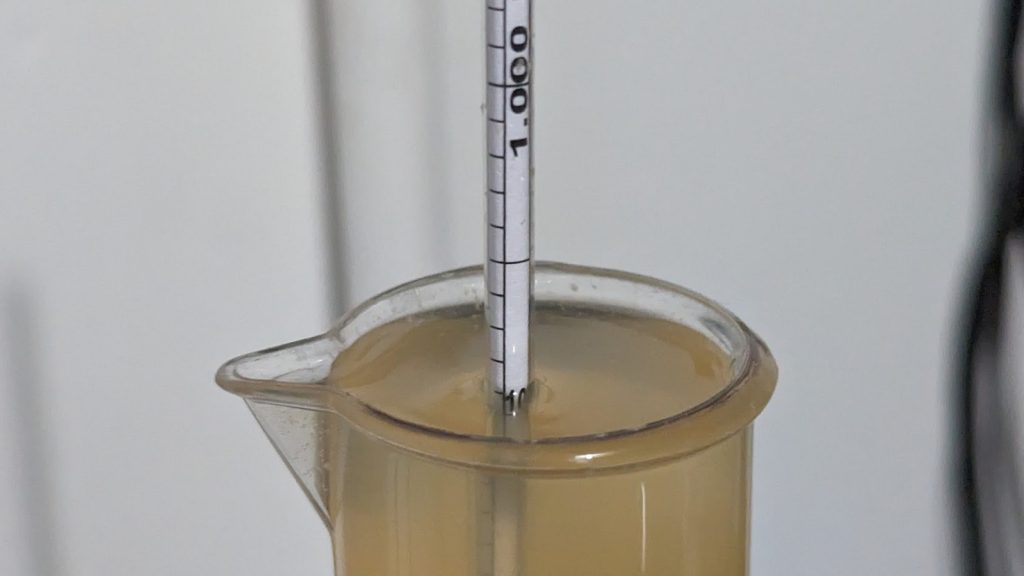
At this point, I racked the beer to a CO2 purged keg and placed it on gas in my keezer where it was left to condition for 6 weeks. In preparation for data collection, I pressure-transferred identical volumes of beer to three 2.5 liter PET growlers, adding the recommended 1 mL of isovaleric acid flavor standard to one of the bottles; this achieved a concentration of approximately 2.4 mg/L, which is more than double the perceptible threshold of 1 mg/L.
The small addition of isovaleric acid flavor standard had little if any impact on the appearance of the beer.
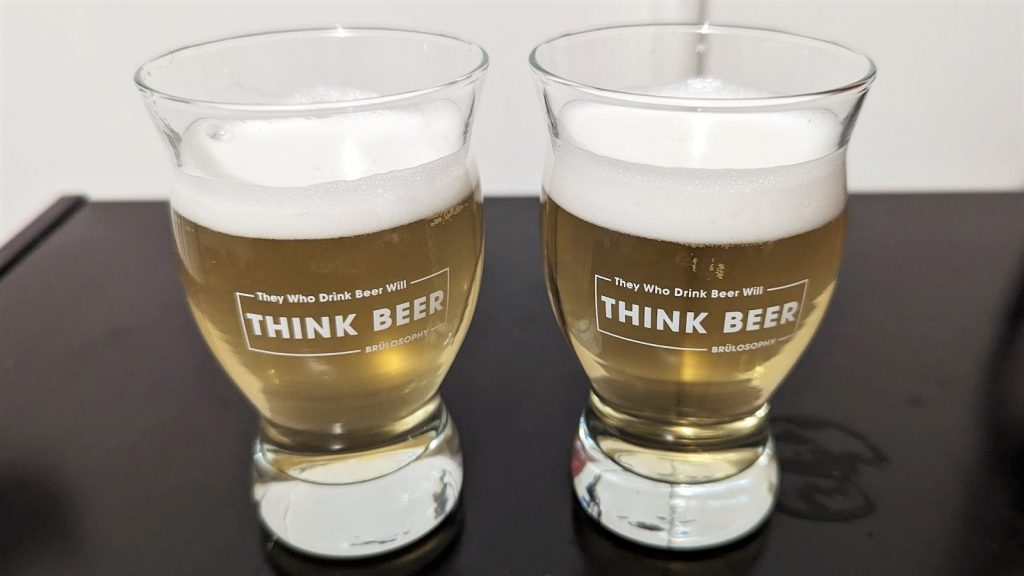
| RESULTS |
A total of 20 people of varying levels of experience participated in this xBmt. Each participant was served 1 sample of the beer dosed with isovaleric acid flavor standard and 2 samples of the non-dosed beer in different colored opaque cups then asked to identify the unique sample. While 11 tasters (p<0.05) would have had to accurately identify the unique sample in order to reach statistical significance, 14 did (p=0.0009), indicating participants in this xBmt were able to reliably distinguish an International Pale Lager dosed with isovaleric acid flavor standard from one that was unadulterated.
The 13 participants who made the accurate selection on the triangle test were instructed to complete a brief preference survey comparing only the beers that were different. A total of 3 tasters reported preferring the beer dosed with isovaleric acid, 8 said they liked the non-dosed beer more, and 3 had no preference despite noticing a difference.
My Impressions: Out of the 5 semi-blind triangle tests I attempted, I correctly identified the odd-beer-out every time. As expected, the sample dosed with isovaleric acid flavor standard had a faint funky, cheesy aroma that reminded me of some wild ales I’ve sampled. While less offensive than I anticipated, I still preferred the unadulterated sample, which was crisp with a delightful orange citrus flavor.
| DISCUSSION |
Isovaleric acid is an organic compound that contributes an unpleasant cheesy and sweaty foot character to beer, hence its classification as an off-flavor. Commonly associated with old, oxidized hops, isovaleric acid can also be produced by certain wild yeast and bacteria, making it a good indicator of contamination. Tasters in this xBmt were able to reliably distinguish an International Pale Lager dosed with isovaleric acid flavor standard from one that was unadulterated.
There’s nothing too surprising about the fact tasters could identify a beer that was dosed with isovaleric acid at 2x the flavor threshold, which speaks to the quality of the Seibel Off-Flavor Kit. Considering my own ability to rather easily tell these beers apart, I found the inability of some participants to do the same rather confounding, though it’s possible people have varying degrees of sensitivity to this off-flavor.
Now that I’ve sampled a beer that I know had isovaleric acid in it, I can confidently state that I’m not a fan. While the concentration was nearly double the perceptible threshold, the cheesy notes weren’t terribly pungent, but even so, not my cup of tea. What really got me was the preference for the beer dosed with isovaleric acid that a few people who were correct on the triangle test had – further evidence of the subjectivity of preference!
If you have any thoughts about this xBmt, please do not hesitate to share in the comments section below!
Support Brülosophy In Style!
All designs are available in various colors and sizes on Amazon!
Follow Brülosophy on:
FACEBOOK | TWITTER | INSTAGRAM
If you enjoy this stuff and feel compelled to support Brulosophy.com, please check out the Support page for details on how you can very easily do so. Thanks!


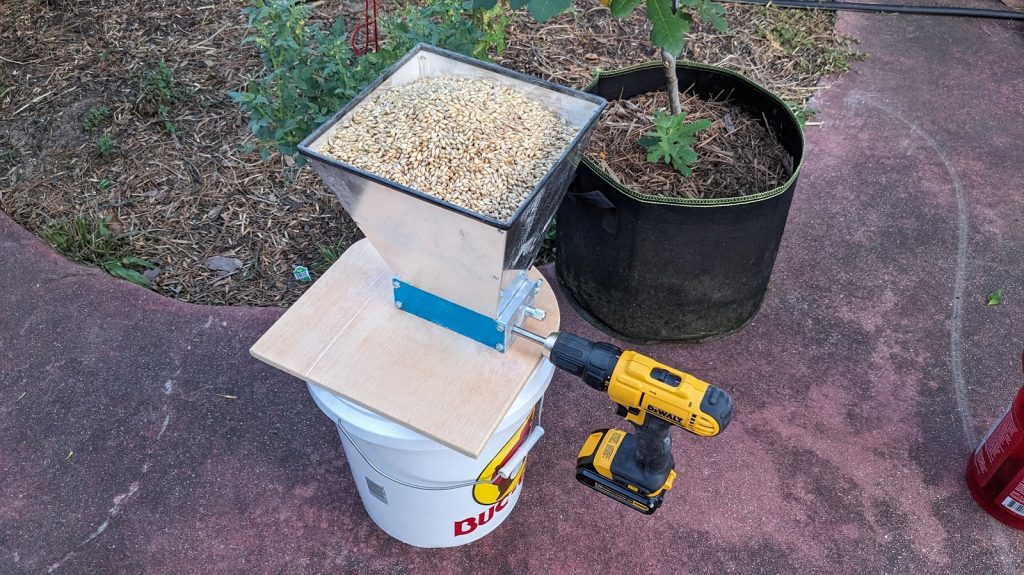
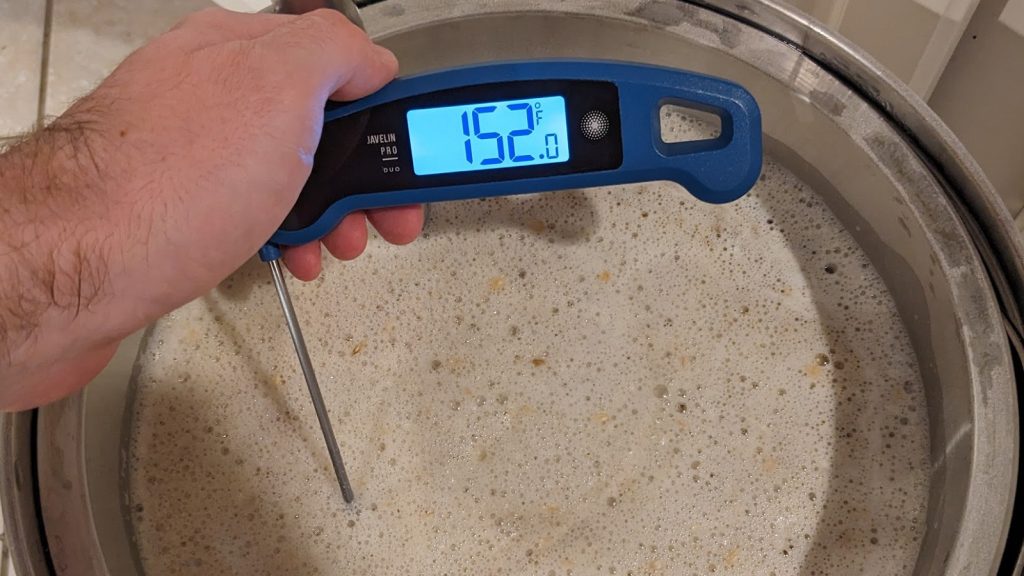

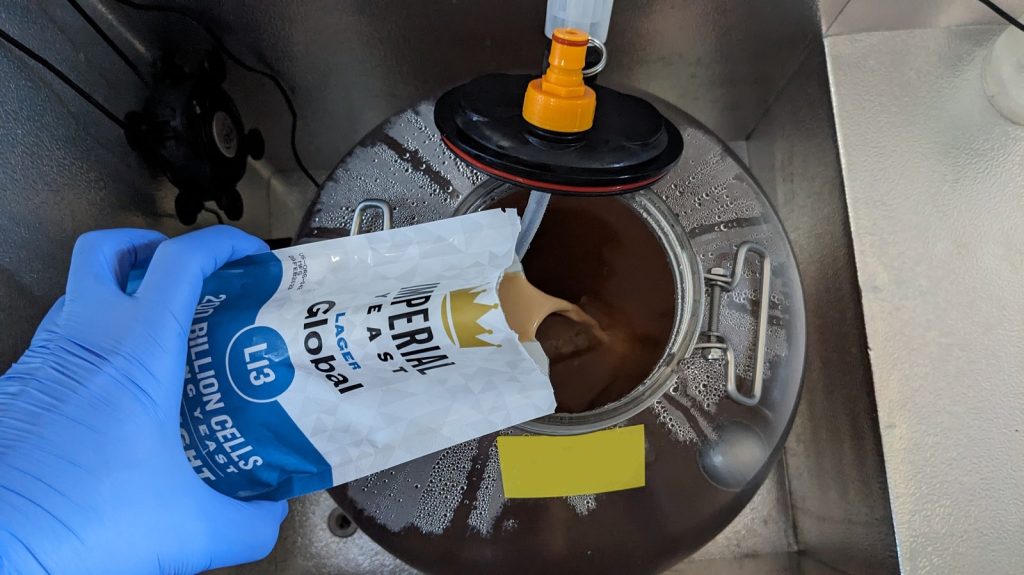
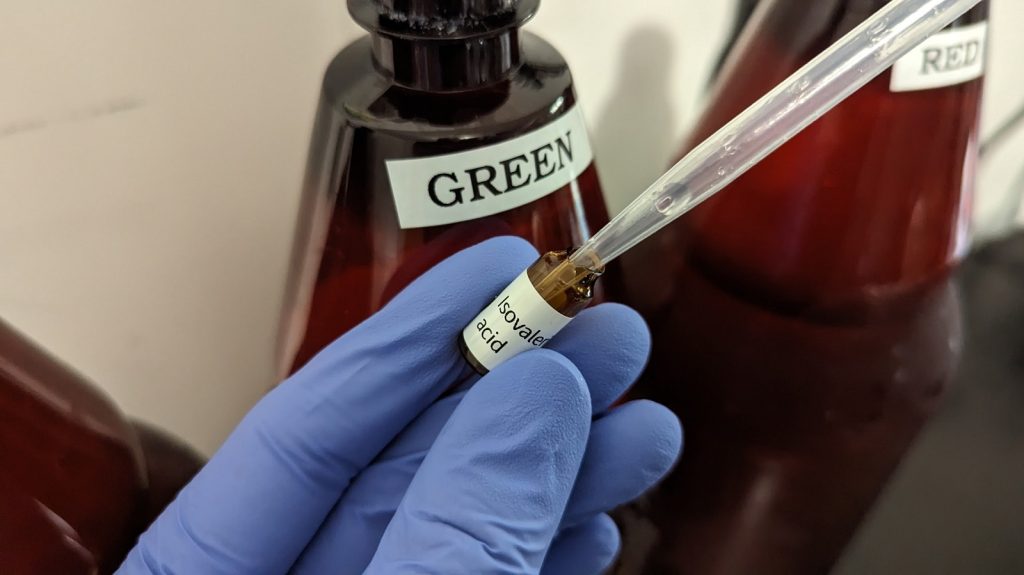











1 thought on “exBEERiment | Off-Flavor: Isovaleric Acid In An International Pale Lager”
Last year I made a 100% Brett beer with Whitelabs Lambicus fermented at 27 Celsius for shits and giggles and it was the best sort of cheese flavour. I know others just thought cheese is an abomination and may have poured samples I shared, but it was exactly the kind of mildly funky rich cheese flavour that paired well, incidentally, with a salad roll for lunch. I was disappointed when it was all gone. Sometimes I ask myself if something is bad… or if it’s just the taste I like or don’t like. In this instance I was very happy for the ‘unusual’ beer bottled in the basement. It was an interesting experiment. Call me a heathen.